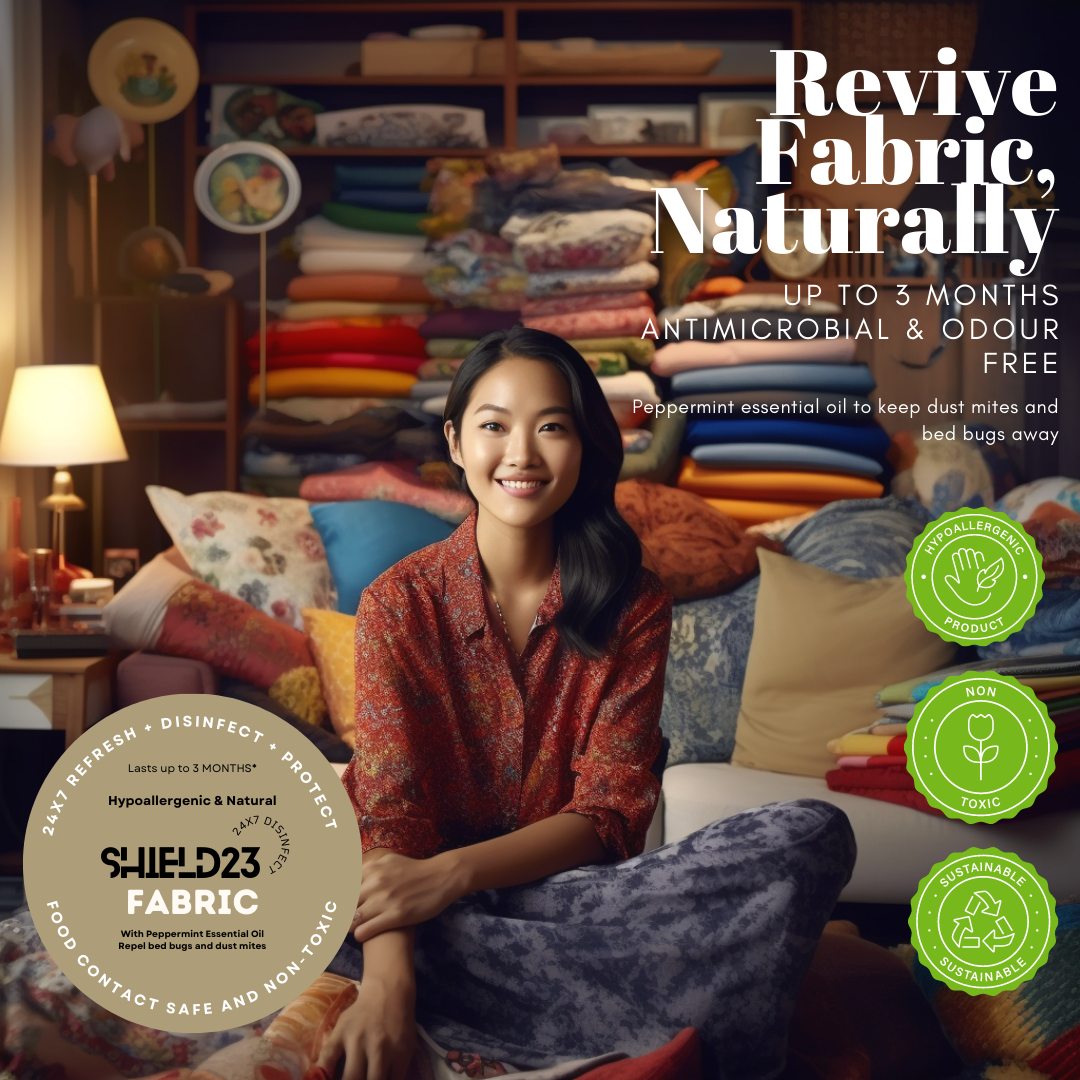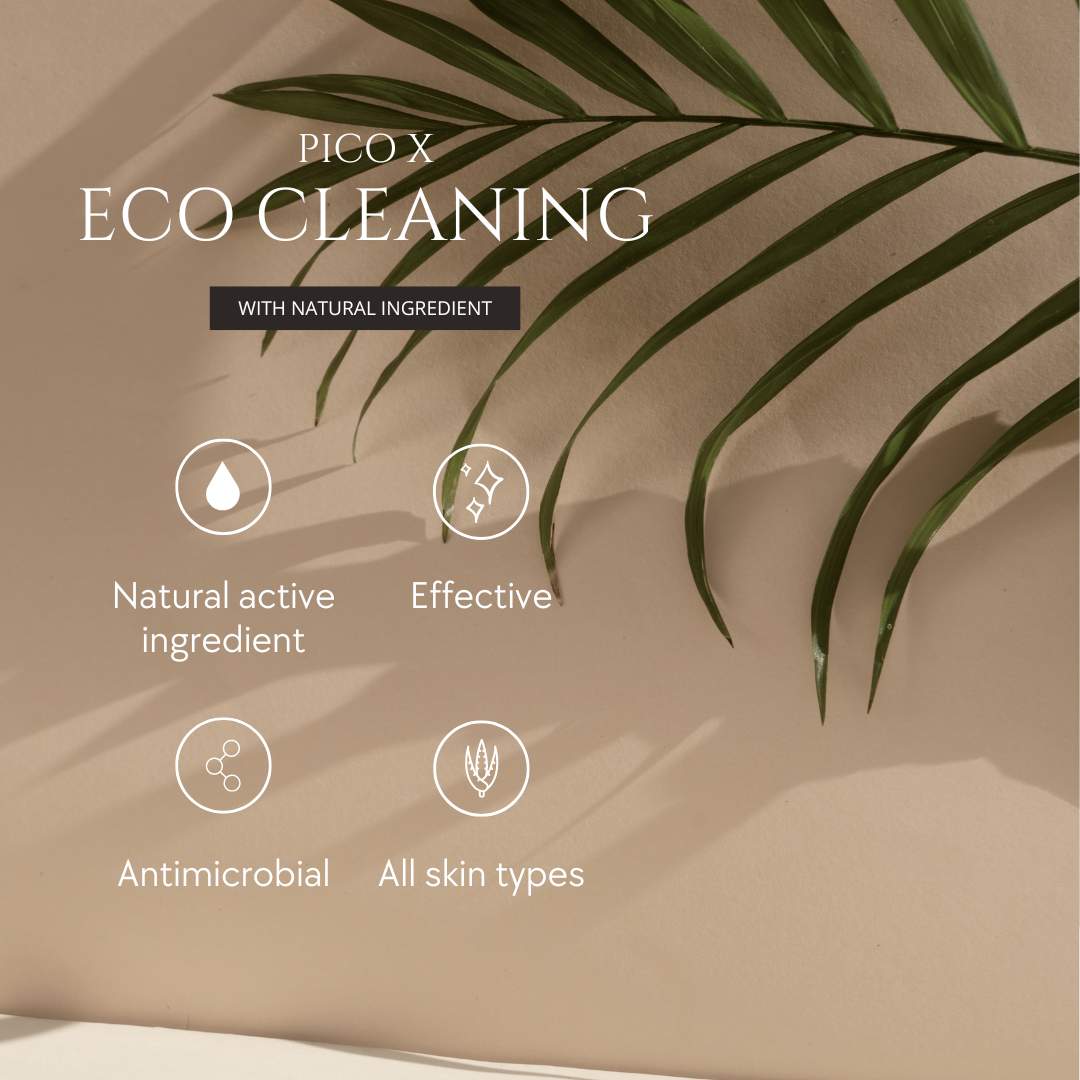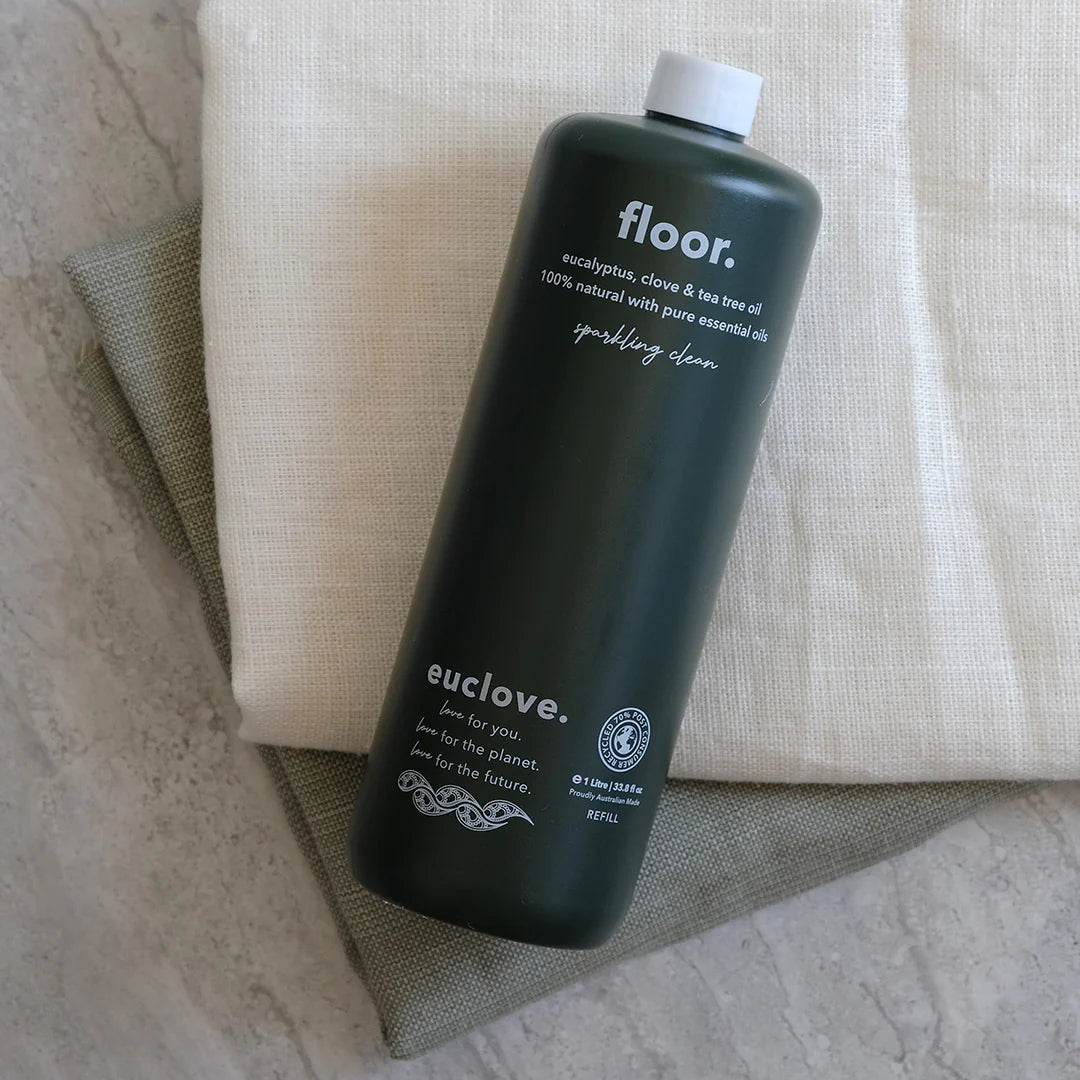-

Adoption of Antimicrobial Coating In The Hospitality Industry
-

Antimicrobial Coated Mattress For A Safe Night's Sleep
-

A safe way to improving indoor air quality and prevent mould at home.
-

Antimicrobial Coatings on Mattresses
-

Antimicrobial Coatings: A Revolution in Home and Commercial Space Hygiene
Nurturing Your Skin and the Planet: A Comprehensive Guide to Low-Impact Skincare
- 4 min reading time
Nurturing Your Skin and the Planet: A Comprehensive Guide to Low-Impact Skincare
Introduction
The increasing awareness of environmental sustainability has led to a surge in interest in low-impact lifestyles. This eco-conscious approach extends beyond reducing waste and conserving energy to include personal care routines, such as skincare. This article will delve into the process of maintaining a robust skincare routine that aligns with a low-impact lifestyle, focusing on both commercially available and homemade solutions that are scientifically backed, eco-friendly, and effective.

Understanding Skin Health: A Scientific Perspective
The skin, our body's largest organ, serves as a protective barrier against environmental factors. It's composed of three main layers: the epidermis (outer layer), dermis (middle layer), and hypodermis (innermost layer). The epidermis is primarily responsible for skin's texture and tone, while the dermis contains collagen and elastin, which provide strength and elasticity.
Maintaining healthy skin involves keeping these layers hydrated, nourished, and protected from damage. This can be achieved through a combination of internal factors (like diet and hydration) and external factors (like skincare products and sun protection). Understanding the science of skin is the first step towards choosing the right skincare products and practices.
Low-Impact Skincare Routine
A low-impact skincare routine involves using products that are gentle on the skin and the environment. Here's a step-by-step guide to creating a sustainable skincare routine:
-
Cleansing: The first step in any skincare routine is cleansing. This removes dirt, oil, and makeup from the skin, allowing subsequent products to penetrate more effectively. Opt for cleansers with natural ingredients and avoid those with harsh detergents that can strip the skin of its natural oils. Consider the oil cleansing method, which involves using natural oils (like jojoba, olive, or castor oil) to cleanse the skin. This can be a more sustainable option than traditional cleansers, which often come in plastic packaging.
-
Exfoliating: Exfoliation removes dead skin cells, promoting a brighter, smoother complexion. However, many commercial exfoliants contain plastic microbeads, which can harm marine life when they enter waterways. A more sustainable alternative is to use natural exfoliants like sugar or coffee grounds. Simply mix with a carrier oil like coconut or olive oil and gently scrub your skin.
-
Toning: Toners help to balance the skin's pH and prepare it for moisturization. Many herbs and botanicals have properties that can benefit the skin. For example, rose water has anti-inflammatory properties and can help soothe irritated skin, while witch hazel can help tighten pores and control oil production. Making your own herbal toners can be a cost-effective and eco-friendly alternative to store-bought versions.
-
Moisturizing: Moisturizers hydrate the skin and lock in moisture. Natural oils like coconut oil, shea butter, and jojoba oil can be used as moisturizers. These oils are rich in fatty acids and vitamins that nourish the skin, and they're often more sustainable than synthetic moisturizers.
-
Sun Protection: Sunscreen is a crucial part of any skincare routine, as it protects the skin from harmful UV rays. However, many sunscreens contain chemicals that can harm coral reefs. Look for reef-safe sunscreens with physical blockers like zinc oxide or titanium dioxide.
Choosing Low-Impact Skincare Products
When choosing skincare products, consider the following factors to ensure they align with a low-impact lifestyle:
-
Sustainable Packaging: Opt for brands that use recyclable or biodegradable materials, or offer refillable containers. This reduces waste and promotes the circular economy.
-
Natural Ingredients: Choose products with natural ingredients, which are gentler on both your skin and the planet. However, not all natural ingredients are created equal. Some, like palm oil, can contribute to deforestation and biodiversity loss. Always research the sourcing practices of the brands you support.
-
Cruelty-Free and Vegan: Look for products that are certified cruelty-free and vegan to ensure that they're not contributing to animal suffering.
-
Local and Organic: Buying local can reduce the carbon footprint associated with shipping, while organic farming practices tend to be more sustainable than conventional ones. However, "organic" doesn't always mean "sustainable," so it's still important to research the brand's overall environmental impact.
Conclusion
Adopting a low-impact skincare routine doesn't mean you have to compromise on the health of your skin. By choosing products with sustainable packaging, natural ingredients, and ethical sourcing practices, you can reduce your environmental impact while still taking care of your skin. Homemade skincare solutions can offer a fun and cost-effective alternative to commercial products. As always, it's important to listen to your skin and consult with a dermatologist if you have any concerns. With a little research and creativity, you can create a skincare routine that's good for both you and the planet.
Tags
-

Best Fabric Refresher 2023
-

Looking for the Best Cleaning Services in Singapore?
-

Benefits Of Essential oil Based floor cleaners - Eucalyptus, Clove and Tea Tree
-

Top ten cleaning services in Singapore?









